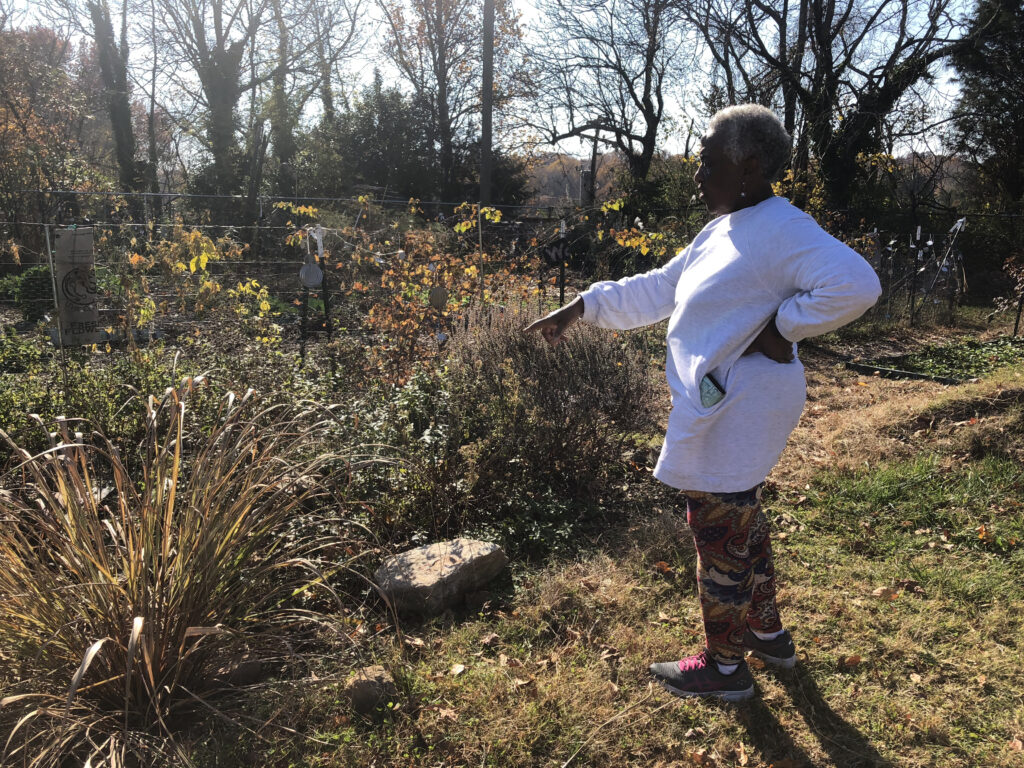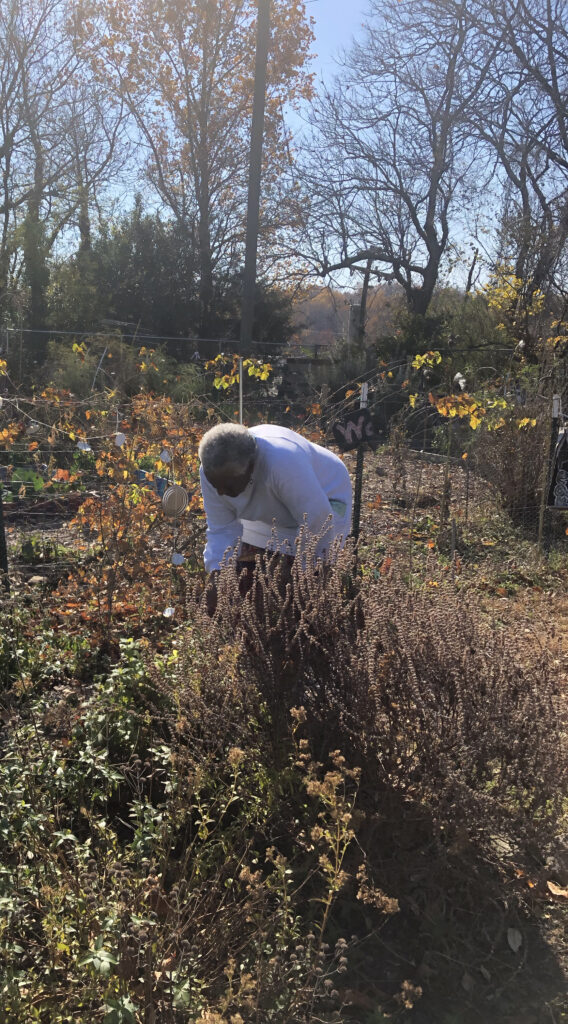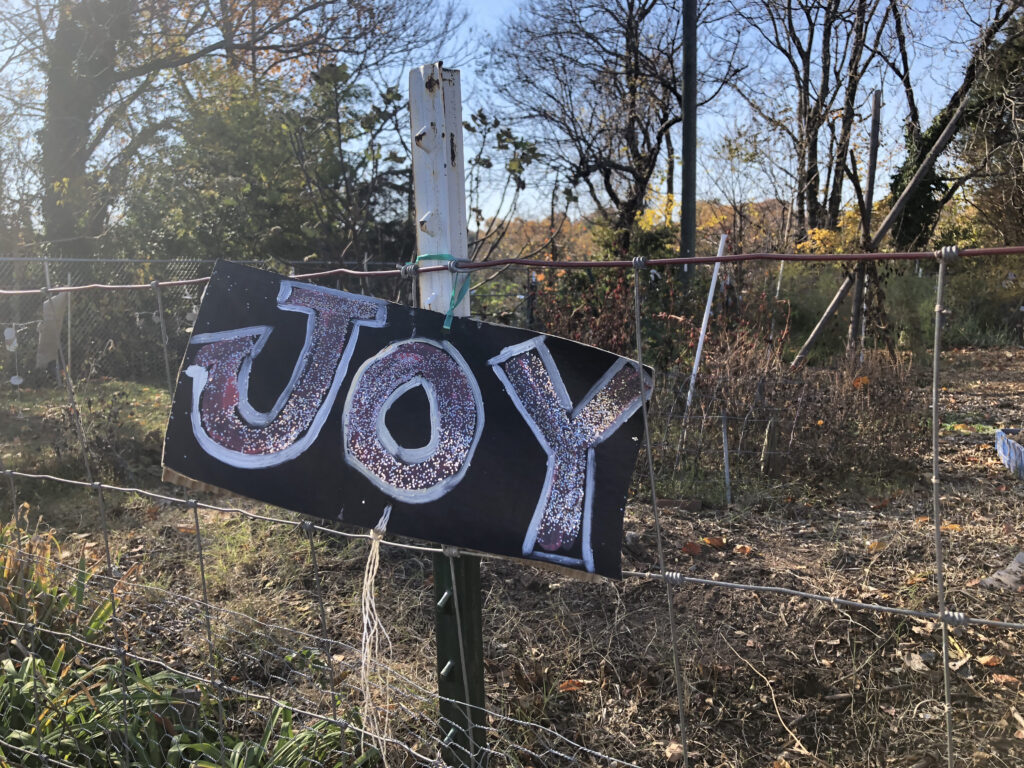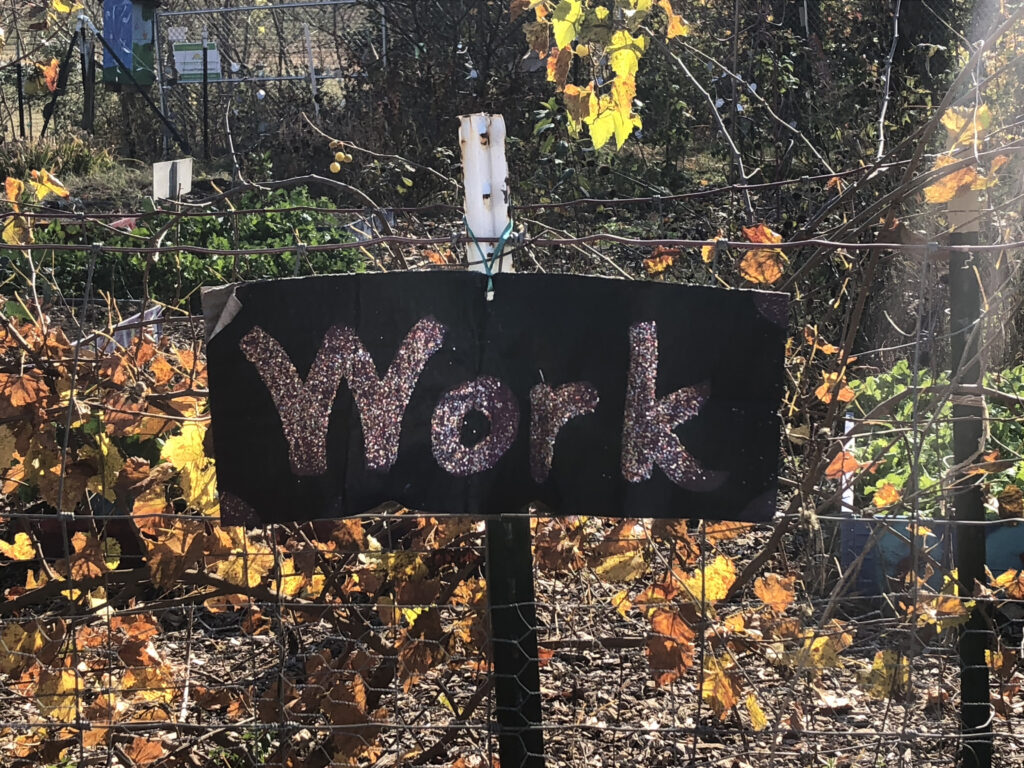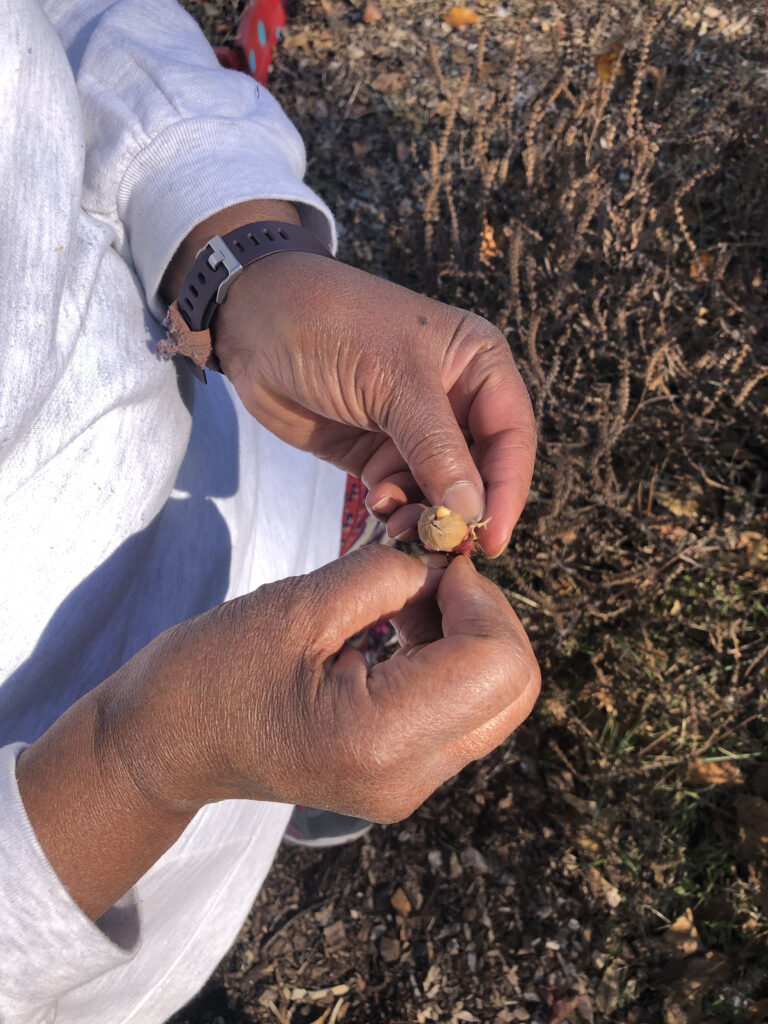Irma Jackson – Community Gardener
go.ncsu.edu/readext?838324
en Español / em Português
El inglés es el idioma de control de esta página. En la medida en que haya algún conflicto entre la traducción al inglés y la traducción, el inglés prevalece.
Al hacer clic en el enlace de traducción se activa un servicio de traducción gratuito para convertir la página al español. Al igual que con cualquier traducción por Internet, la conversión no es sensible al contexto y puede que no traduzca el texto en su significado original. NC State Extension no garantiza la exactitud del texto traducido. Por favor, tenga en cuenta que algunas aplicaciones y/o servicios pueden no funcionar como se espera cuando se traducen.
Português
Inglês é o idioma de controle desta página. Na medida que haja algum conflito entre o texto original em Inglês e a tradução, o Inglês prevalece.
Ao clicar no link de tradução, um serviço gratuito de tradução será ativado para converter a página para o Português. Como em qualquer tradução pela internet, a conversão não é sensivel ao contexto e pode não ocorrer a tradução para o significado orginal. O serviço de Extensão da Carolina do Norte (NC State Extension) não garante a exatidão do texto traduzido. Por favor, observe que algumas funções ou serviços podem não funcionar como esperado após a tradução.
English
English is the controlling language of this page. To the extent there is any conflict between the English text and the translation, English controls.
Clicking on the translation link activates a free translation service to convert the page to Spanish. As with any Internet translation, the conversion is not context-sensitive and may not translate the text to its original meaning. NC State Extension does not guarantee the accuracy of the translated text. Please note that some applications and/or services may not function as expected when translated.
Collapse ▲Interview 11-17-2021
In the warmth of the early afternoon of November, Irma Jackson is seated on a cast iron bench. We’re looking over her school garden at Diggs Latham Elementary school in West Salem. Behind us, we can hear children running, laughing, and kicking a soccer ball. The stand of frost-bitten herbs and the carpet of vibrant maple leaves reveal a garden in slumber, but Irma’s story is full of life.
What is your earliest memory of working in a garden?
“My grandmother had a garden, chickens, and blackberry bushes. I was the youngest and shortest to the ground”. I asked if she remembers weeding as a child. “No, I remembered dropping seeds into the ground.”
In the unconventional classroom of the garden, who has been your mentor?
Irma recalled longing for a garden of her own. She doesn’t recall a specific mentor but named Derek Morris, N.C. Cooperative Extension Horticulture Technician as a good friend. “He’s always been a good person to talk to and a source of knowledge.”
Diligently, Irma encouraged her grandchildren to save their seeds and to plant them. “My grandson took me literally and planted mystery seeds in a brick planter behind my house. They did peek out the ground and rambled down the side of the house. Gourds. They were gourd seeds.”
What led you to serve in this specific community garden?
She corrected me, “You mean what led me to this space.”
Irma founded the Diggs Latham Elementary Garden. At the time her grandson was in the 4th grade at Diggs Latham. Mary Jac, N.C. Cooperative Extension Agent at the time, was a friend and she asked Irma to consider being a community gardener. The invitation appealed to Irma because she wanted the children to know how to recognize carrots, to tell the difference between lettuce and greens. “Children should know that every ruffled leaf is not lettuce.” Giving children the knowledge of where their food came and even plant taxonomy was motivational to Irma. She taught science at Parkland High School for 30 years and in her retirement, she wanted to continue that mission of education.
What is it about this space that gives you joy?
“Being engaged.” In caring for this school garden, Irma has received the collaboration and investment of her community. Wake Forest University’s Nathan Peifer has brought students to serve in this space. WFU even wrote a custom grant to support the garden. Originally, she had a wooden pallet fence. An artist friend, Carol Eickmeyer, encouraged her to replace it with a see-through wire fence. “The children have to see the garden first, before they will want to come into the garden.” The local community garden club sponsored her new fence.
How does this space fuel the learning that takes place in the school?
Irma’s vision was that this garden was not to feed stomachs, but a place of entertainment, of feeding the mind. “Gardens are not just for food. I sought out green cotton seeds and planted some in the garden. Then I invited a weaver to come and demonstrate the process of turning cotton bolls into fabric. This green cotton has a green tinge down in the boll that cannot be washed out,” Imra said with a laugh. Diggs Latham also has a science coordinator, Ms. Wikki Wynn who uses the garden space to broaden the school’s curriculum.
Would you share a story about one student with whom you had a moment of epiphany?
During the pandemic, most of the students were studying from home. Irma pointed over her shoulder to the corner of the school and said the pre-K and Kindergarten students were onsite last year. Their teacher asked her, “Can our children plant something?” Irma replied, “Radishes fit the bill. On the last day of school, their harvest was ready.”
Gardening is both an art and a science. This is one of Nathan Peifer’s quotes that I love. How have you seen those two subjects overlap in your experiences in the garden?
Irma’s layout of the garden is not in boxes or rows. She designed her plot strategy to draw people and pollinators into the garden. Flowers are in the center of the garden. “No two people will design their garden the same,” said Irma.
How does your role as a garden hero help to connect you with your community?
“I don’t see myself as a hero. I am a gardener, period. I am fulfilled when past students recognize me and remember what I taught them. Many of them didn’t see the value of what I was teaching them at the time, but the value is revealed later in their lives,” replied Irma.
What do you hope as you look into the future for this garden?
“I hope that someday, somebody will take over for me, someone with a love for plants,” replied Irma.
Children have an innate sense of play. How have you seen them bring play into the garden?
“The classroom can be a place that is hard for some children to concentrate, to be still. A child who is disruptive in the classroom can come to the garden and here he can become the leader. The garden is a place of dynamic teaching,” shared Irma.
We arose from the benches and Irma began the buffet. First she offered stevia leaf, then mint. We looked over the garden fence. It’s a wide rectangle. Even now I can recognize flowers along the edges, inside and out. A tall willowy tuft of asparagus sways gently in the breeze. Irma opened the gate and invited me to follow her along the path, bordered by spearmint. As we walked she pinched off pieces from her beds for an impromptu salad: arugula, raspberries, goji berries, and chocolate mint.
There’s a groundhog and birds who steal unwelcome bites from her garden, but there’s a solid fence and a host of scarecrows and shiny circles to keep them at bay. Even in this sleepy time in the garden, Irma has woody plants and perennials primed to yield in the spring: asparagus, pawpaw trees and blackberry bushes.
One last image I would like to leave with you is Irma’s hands: gentle, strong, and generous. As we headed back towards the gate, she paused in front of a hibiscus bush, aka Jamaican sorrel, and pulled off several blooms. Into my hand she placed them and said, “A gift for you. Pull off the petals and pour boiling water over them for a nourishing tea.” So here I sit, writing and sipping hibiscus tea, remembering the unconventional classroom of Irma Jackson. She is a good teacher.





